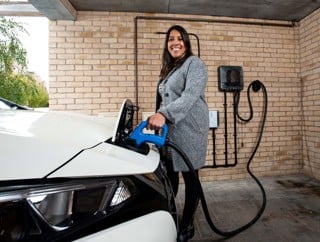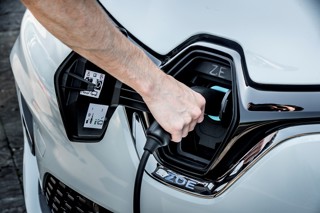Improving the public charging network is key to accelerating the transition to electric vehicles, says Natasha Robinson, head of Office for Zero Emission Vehicles.
Around 40% of households do not have off-street parking, while the availability of reliable public charge points is also important to build consumer confidence in the technology.
Robinson said: “People might only have to charge their EVs once or twice a week, but they still want it to be convenient and it is still a big barrier for people in terms of thinking ‘how am I going to charge?’, ‘what am I going to do?,” says
“We’ve looked to help move that market through our infrastructure schemes, but this is definitely an area we’re looking for a more accelerated timetable.”
In its November spending review, the Government announced £1.3 billion of funding to grow the public charging network:
- £950 million to support the rollout of rapid EV charging hubs at every service station on England’s motorways and major A-roads.
- £275m to extend support for charge point installation at homes, workplaces and on-street locations, while reforming these schemes so they target difficult parts of the market such as leaseholders and small and medium-sized enterprises (SMEs).
- £90m to fund local EV charging infrastructure to support the roll-out of larger on-street charging schemes and rapid hubs in England.
The locations of public charge points can be split Into three segments, each with their own challenges and appeal: destination, transit and on-street.
For more on these charging segments and the Investments and developments taking place within them, read the full feature In the January issue of Fleet News, available in print or digital edition




















Login to comment
Comments
No comments have been made yet.